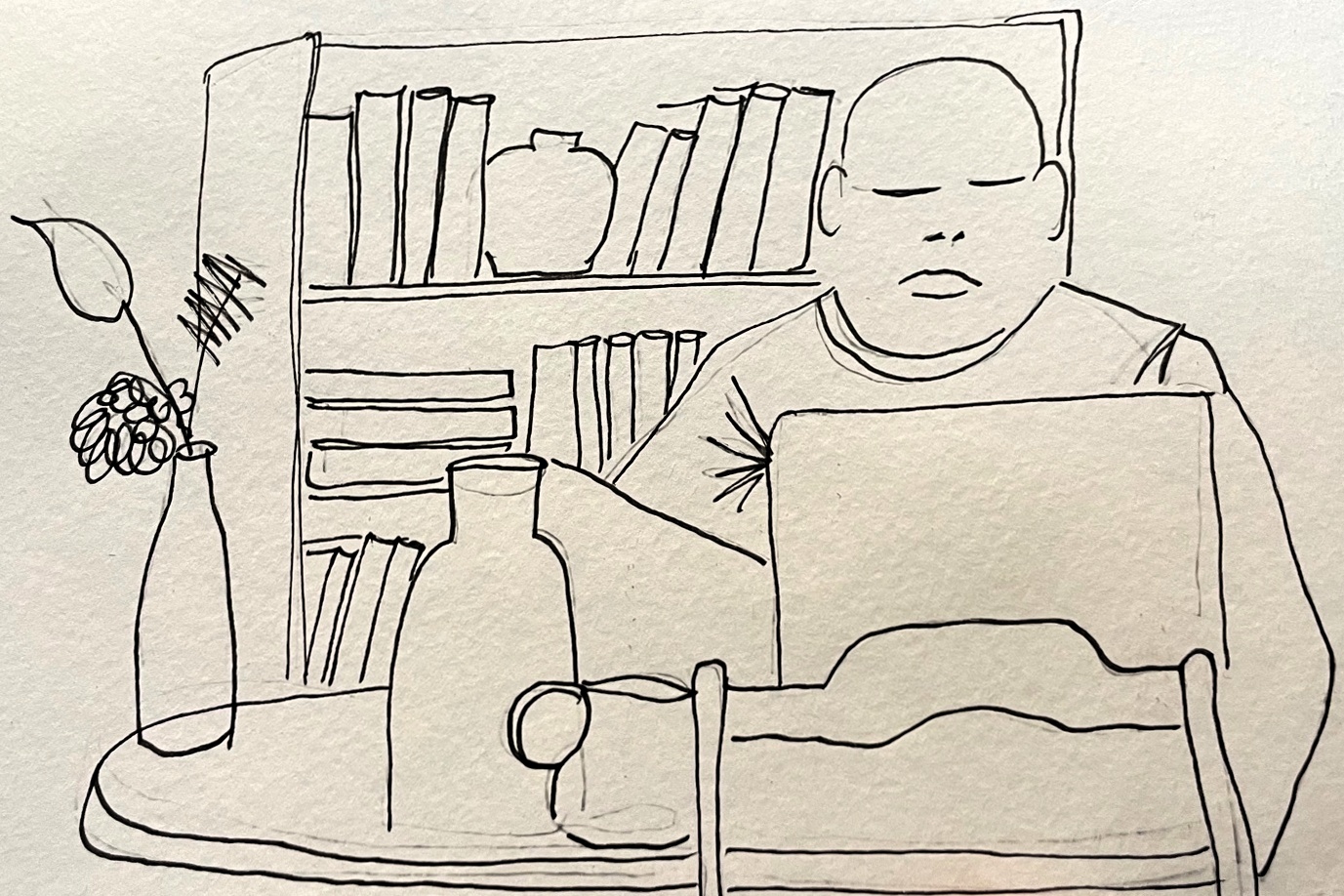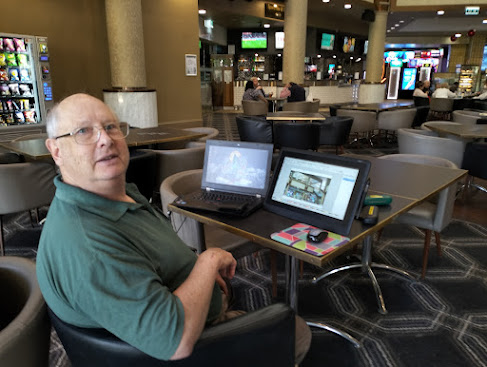Digital media are encoded in machine-readable format. Digital art is artistic work using digital technology. My art club's digital group seems unique for amateurs here.
For fieldwork, I use a laptop. So I prefer a table by a power point.

I use two types of pointing devices: a mouse and a stylus. While both input spatial data, they do so in different ways. A mouse tracks motion across a surface, providing 2D positional data. A tablet offers more nuanced input than a mouse. As it detects not only the stylus' position, but also its pressure and tilt.
Tablets
Tablet computer gear can be expensive. I have two such Wacom peripherals. The Intuos M graphics tablet was my first. One draws on the tablet while viewing on the laptop.
I acquired the Cintiq 16 pen display through a grant. It combines the drawing surface and display. However it requires a stable external power supply. Whereas the Intuos M does not.

Animation
The animation process manipulates still images. This creates the illusion of motion. I used twelve frames per second, which is a relatively low frame rate. Whereas 24 or 30 fps can produce a smoother visual experience. Whereas artists used to laboriously sketch each frame manually. Nowadays software accelerates workflow. It also allows animators to focus on artistic expression.
Illustration
Some application software renders graphics. Raster programs mainly paint pixels. Whereas vector programs mainly draw paths.